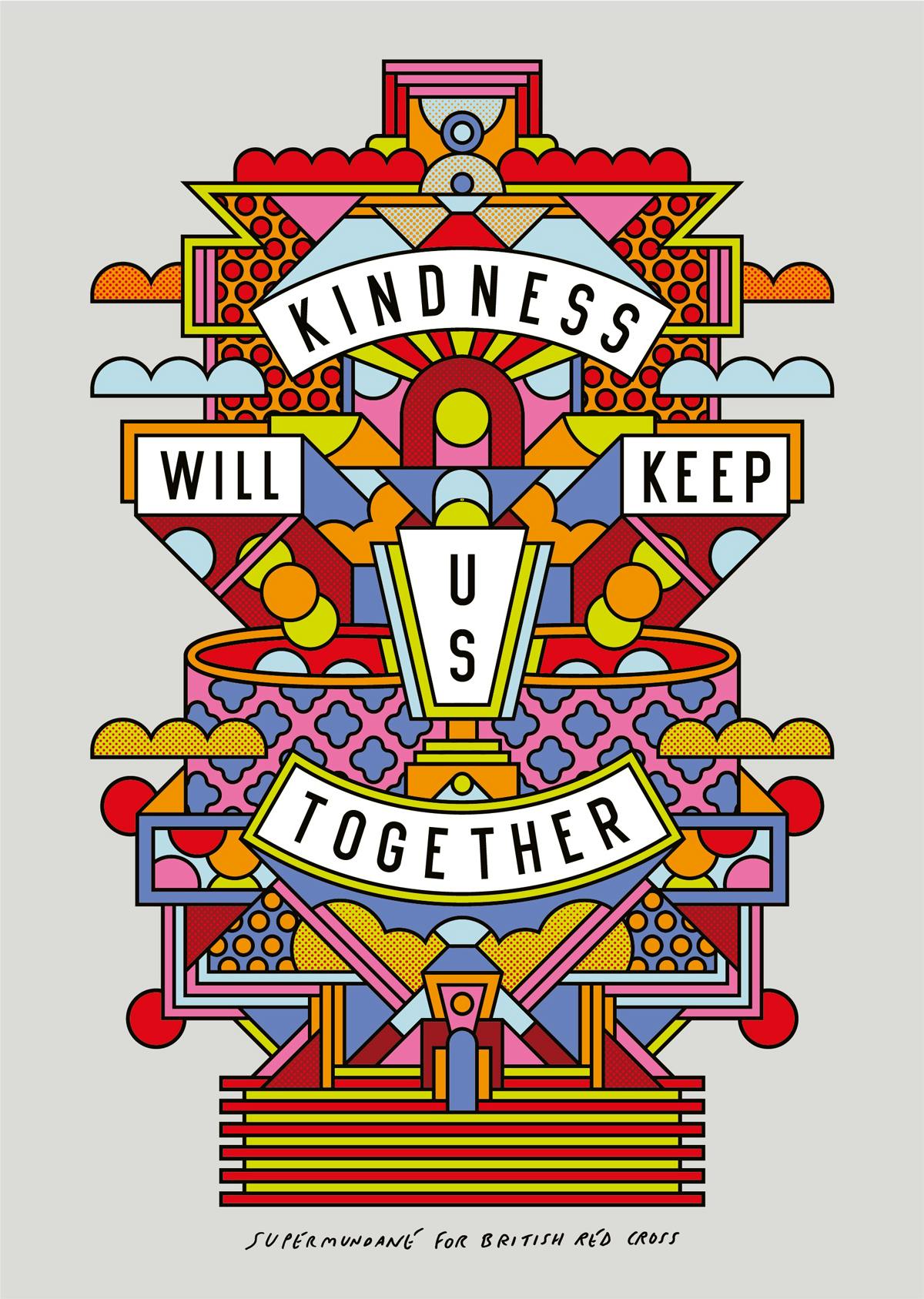London studio Bompas & Parr has predicted design and lifestyle trends that will emerge during and after the coronavirus pandemic, including sanitiser party pieces and a museum dedicated to touch.
In its Fluid Landscapes 2020 trend report, the experience design studio forecasts the future of creativity in mid-virus and post-virus worlds.
It has identified three trends that it expects to proliferate over the coming weeks, as people adjust to life in shutdown, and a further three trends that will take shape once the main impact of the virus is over.
Each prediction is accompanied by two potential creative solutions. These include some of Bompas & Parr’s own projects, such as a travelling microscopic menagerie of germs, designed to attract those obsessed with sanitation.
“Fluid Landscapes offers an optimistic view on the future, as we shift perspectives from the freely flowing behaviours of a world without coronavirus, to a world restricted by stringent hygienic measures,” said the studio led by Sam Bompas and Harry Parr.
The project comes shortly after Bompas & Parr teamed up with Dezeen, the Design Museum and Christie’s to launch a design competition to rethink hand sanitisers.
The report is available to download from the studio’s website. It will also be presented as a live webinar today, Wednesday 4 April at 4pm UK time. To join, email rowena@bompasandparr.com in advance.
Here’s a rundown of all six trends:

Mid-coronavirus prediction: The New Normal
With people around the world forced to stay indoors and reduce virus spread, Bompas & Parr suggests two new methods of support.
A virtual spa could offer alternative healing therapies like autonomous sensory meridian response (ASMR) to treat treat anxiety, depression and other mental health issues. There might also be an online guru, a “Sanitiser Sommelier”, to help people navigate the best and worst in sanitising products.
“As we adjust to life indoors and at distance we look for new ways to continue life as best we can, whilst incorporating new and restrictive measures into our daily routines,” reads the report.
“We want to thrive, not just survive. Cue creative ways of living this new normal.”

Mid-coronavirus prediction: Hacking the Home
With many families now juggling work and childcare, Bompas & Parr predicts a rise in DIY creativity at home.
Adults and children are expected to build more dens than ever before, whether in the garden of under kitchen tables. Flowers will also become prevalent on social media, as people start to curate their flower beds and window boxes.
“Many face entertaining children for a long time within the limitations of their homes. People have risen to this collective creative challenge with an imagination that breaks the four walls,” reads the report.

Mid-coronavirus prediction: Isolated Eating
With more limited access to food, people will be exploring ways to make their meals more exciting. Bompas & Parr proposes two outcomes: a psychological tasting menu where moods influence flavours, and recipes cards featuring only ingredients found in tins.
“During the lockdown phase of the pandemic, we are being told to self-isolate, and certainly not mix with other households,” reads the report.
“This has lead to eating in becoming the new eating out, as we are left with no option but to create restaurant style dining experiences in the home.”

Post-coronavirus prediction: New Taboos
Following a period of wearing gloves and face masks, and maintaining two-metre distances from other people, Bompas & Parr suggests that people might struggle getting used to touch again.
One outcome it suggests is the Haptics Museum, which will encourage people to interact with objects and other people.
“Dunk your hand into a pool of slime, stroke a wall of fur, or feel your way through a maze whilst blindfolded,” reads the report.
“A sensory stimulating experience, we hope this will encourage others to fall in love with touch again.”

Post-coronavirus prediction: Continued Hygiene
An obsession with hygiene and hand-washing is predicted to emerge, leading to a heightened awareness of microbial flora and fauna.
Bompas & Parr’s Microscopic Menagerie will offer one option, featuring activities like mould racing and faecal transplants.
The studio also suggests that sanitisers could be turned into sculptural party pieces. Suggestions include Cloud of Cleanliness, Sanitiser Fountain and Tornado of Sterility.
“If we are to effectively socialise post-coronavirus, we’ll need a way to do so whilst maintaining rigorous hygiene,” said Bompas & Parr.

Post-coronavirus prediction: Celebratory Memoirs
Forms of celebration will be an important part of the global recovery, suggests the report.
“Could the pandemic experience be marked and commemorated in a similar way to the great global conflicts of the 20th century?” asks Bompas & Parr.
Possible outcomes include creative street parties and a memorial monument to Wuhan, the Chinese city where the virus broke out.
The post Bompas & Parr forecasts post-coronavirus trends in Fluid Landscapes report appeared first on Dezeen.



























































